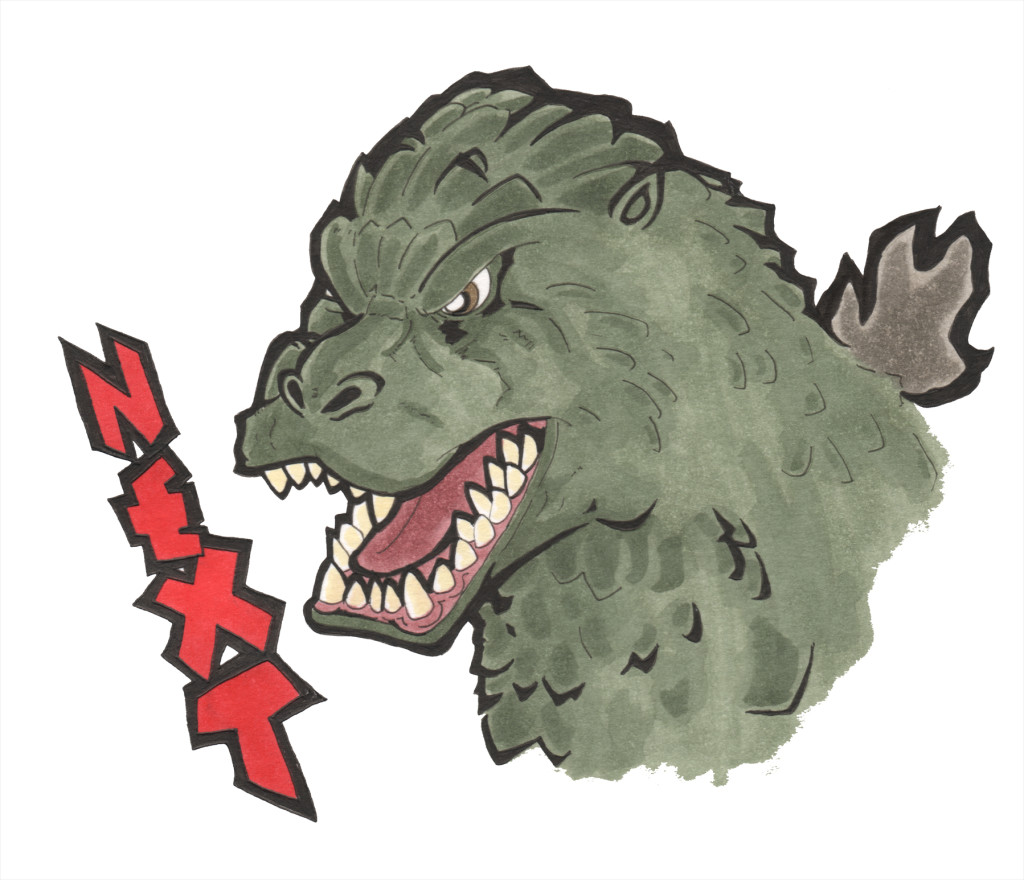Godzilla; King of the Monsters~ 1956, Ishiro Honda and Terry Morse – USA/Japan

In 1954, the Japanese released a brilliant, gloomy classic of science fiction/horror; Gojira. Two years later, we added a white guy, and it was finally ready for American consumption. This is that movie.
Raymond Burr plays Steve Martin (……?!?!?!), a reporter bumming around Japan because, dammit, he can, he’s Steve Martin. While there, Martin is witness to a most strange phenomena; the appearance of Godzilla, a towering, dinosaur like monster, poised to wipe Japan off the map. Martin watches and reports what he sees back to a horrified listening audience around the world, but really, he doesn’t do much else. He’s just plopped in here to give close-minded Westerners someone to experience the movie through who isn’t Asian. Monster comes, smashes stuff, people scream, and a scientist sacrifices himself after reluctantly agreeing to use a highly dangerous new weapon he invented to save Japan from this catastrophe. Meanwhile, we have a few subplots going on, but their impact is enormously weakened due to the shift in focus to Raymond Burr.
White washed and watered down though it is, the movie remains great. The original Japanese version is inarguably superior, but King of the Monsters is still an extremely solid film, and much of the fear, tension, and the nuclear subtext is retained. The biggest weakness King of the Monsters has is that it isn’t Gojira, and that in the annals of film history, it will forever be a footnote to it’s Japanese counterpart, but that’s how it should be.
One interesting point; this movie illustrates a massive shift in public perception regarding how world governments behave. These days, 100% of the movie going audience would expect to have something like Godzilla hidden away, buried in a massive, multinational cover up, with media coverage utterly suppressed and an elaborate web of deceptions cast over the masses to shield them from the truth. That is a far cry from what Steve Martin experiences in King of the Monsters. When Martin arrives at the scene of an ongoing Japanese investigation into strange attacks on ships off the coast of Japan, he identifies himself as a reporter and simply asks an official what is going on. The response he gets is literally “Well… I’m not sure it should be printed…” followed by an immediate disclosure of all information available up to that point, after which Martin is continually given unhindered access to all of Japan, and is met with absolute and complete cooperation from authorities at all times. Not only is there no apparent interest in concealing any information, the Japanese government in this film is actively facilitating the needs of anyone who might want to know what’s up, and aiding them in spreading the news, too. In other words, the exact opposite of what we see in reality. While I believe that world governments were just as much a pack of dirty, selfish liars back in the 50’s as they are now, it’s interesting that something like this could be included in a motion picture back then and people would have bought it. Sign of the times, I guess.
A+

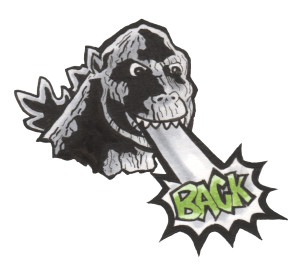
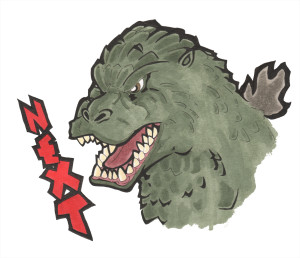
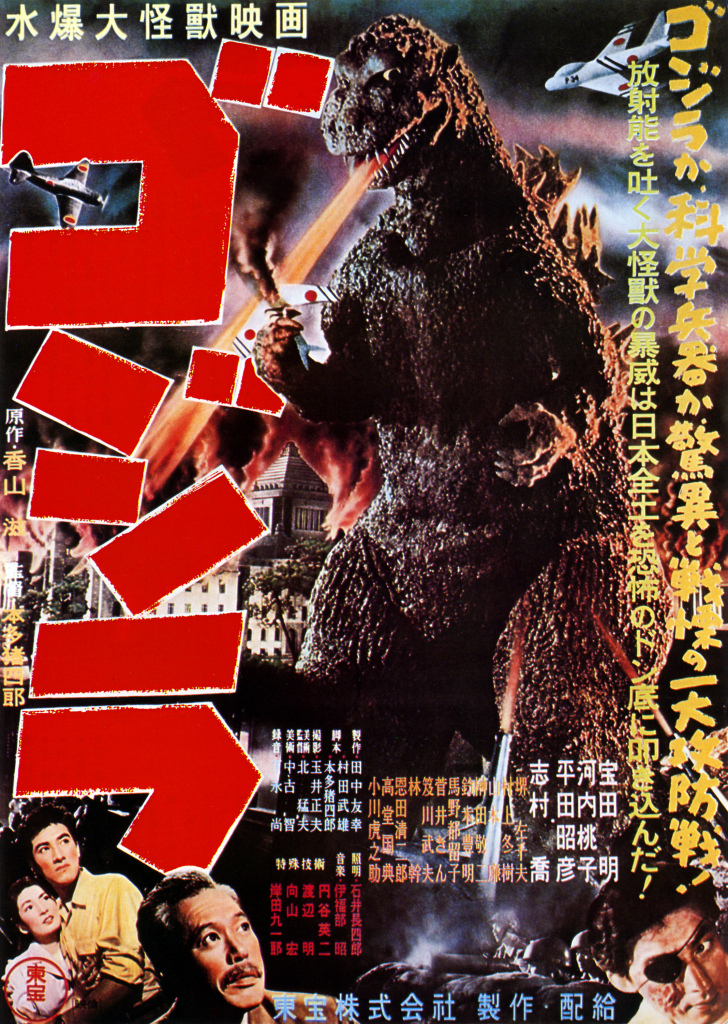
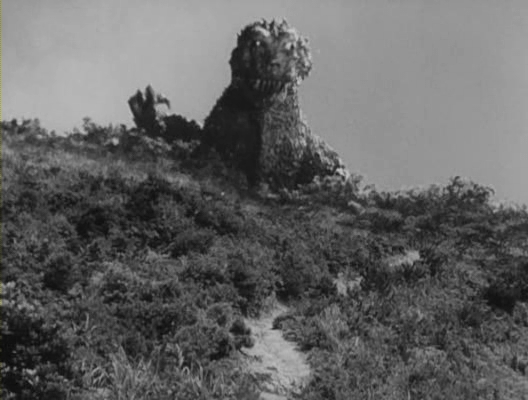 “Hey, Japan- your country looks really great!… FOR ME TO POOP ON!”
“Hey, Japan- your country looks really great!… FOR ME TO POOP ON!” 